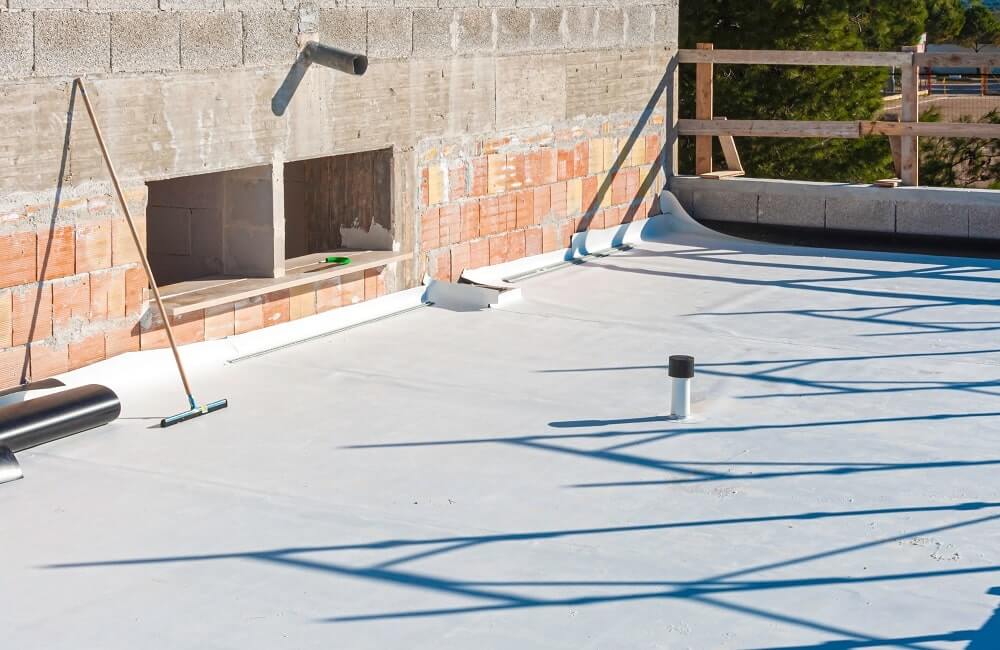
Getting the right roofing material is important for all structures, no matter for commercial purposes or others. When your roofing is in good and quality shape, it can protect your buildings from rain, snow, or debris. Tried-and-true PVC is a high-quality, long-lasting option to protect a wide range of commercial structures, from condominiums to retail stores to restaurants, that have flat, low-slope roofs. Here is a quick guide to understanding PVC roofing.
WHAT IS PVC ROOFING?
PVC, which is made of polyvinyl chloride, or in the shorter term, plastic, is a fantastic single-ply roofing material. Compared to thermoplastic polyolefin (TPO) and ethylene propylene diene terpolymer (EPDM), it contains less oil and petroleum.
PVC is unexpectedly strong. According to studies, the breaking strength of roofing made of PVC is at least 350 pounds per square inch. In contrast to other materials that require adhesive or a taped seam, PVC can be installed by heat welding the seams together. With this type of installation, a PVC roof can change size along with a building. PVC can also be adhered to metal flashing and other parts with adhesives and sealed using solvent welding. This durable material also provides defense against UV radiation, fire, water, and chemical leaks. PVC is resistant to fading and damage from the sun’s heat because of its cool reflective qualities.
If you are looking for commercial roofing products and materials, Reynolds Construction Company offers durable roofing products that are ideal for any flat or low-sloped application. We also specialize in commercial roof installation where we assist you in selecting a roofing system that works best.
Difference Between PVC, TPO, and EPDM
Though PVC has a better track record than TPO in the roofing industry, manufacturers’ and products’ quality might vary. It is crucial to cooperate with a reliable supplier because of this.
TPO is more affordable than PVC and is also an Energy Star-certified cool roof. TPO is more flexible, so it can tolerate building settling and movement without losing performance. It is also extremely resistant to punctures, impact damage, and tears.
On the other hand, one of the least expensive membrane options for low-slope installations is EPDM. Due to its availability in sheets up to 50 feet wide, EPDM has an additional benefit over its rivals in terms of installation speed and labor efficiency.
According to studies, PVC is much easier to repair as it can be readily re-welded in portions. Additionally, a PVC roof has a 30-year lifespan. Despite the high initial cost, PVC is a better investment for some roofing projects due to its durability. Although an EPDM roof that has been correctly constructed and seamed can endure rain, UV rays, and temperature changes, the membrane can start to shrink and break apart as heat builds up, making PVC the more durable option.
Choose PVC Roofing at Reynolds Construction Company
Do you want PVC roofing? Look no further! Our expert team will assist you with choosing the appropriate PVC roofing and materials for your commercial building based on your budget and timeframe. We also offer other services including roof maintenance and roof repairs. Contact us today for more information!

